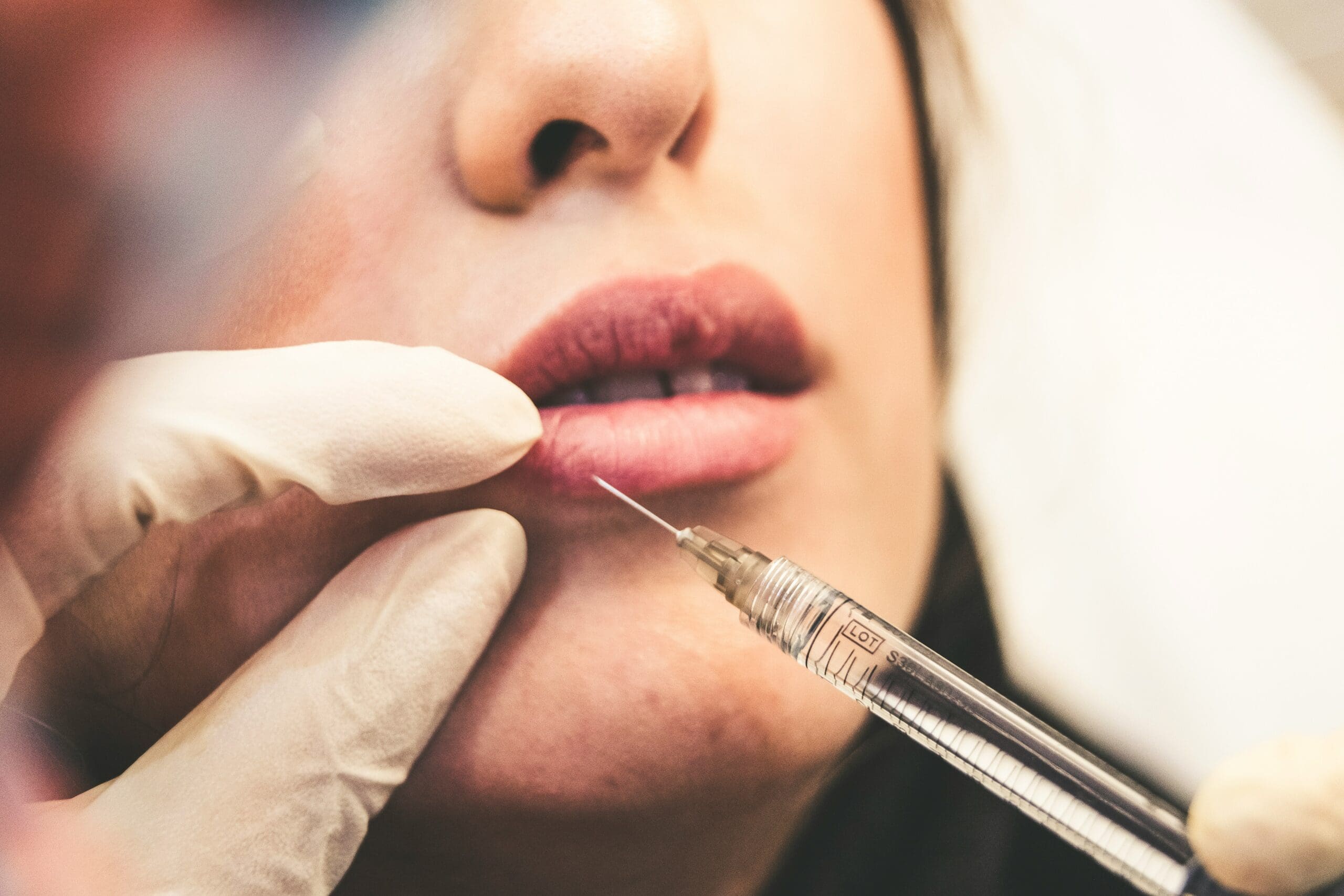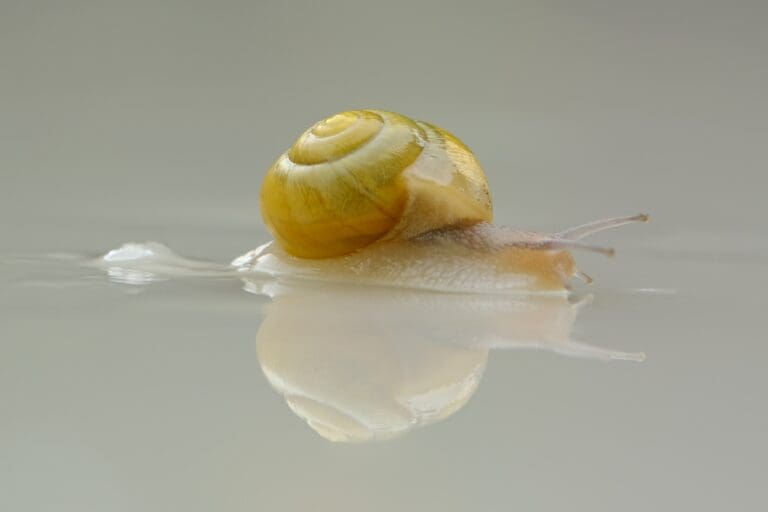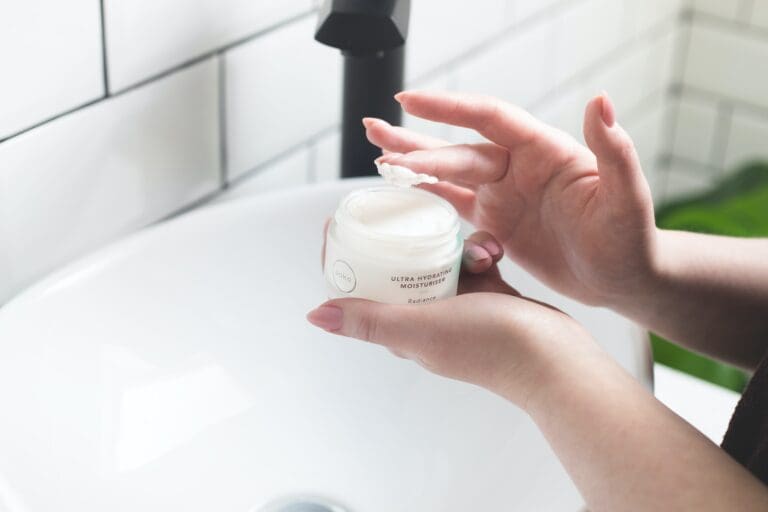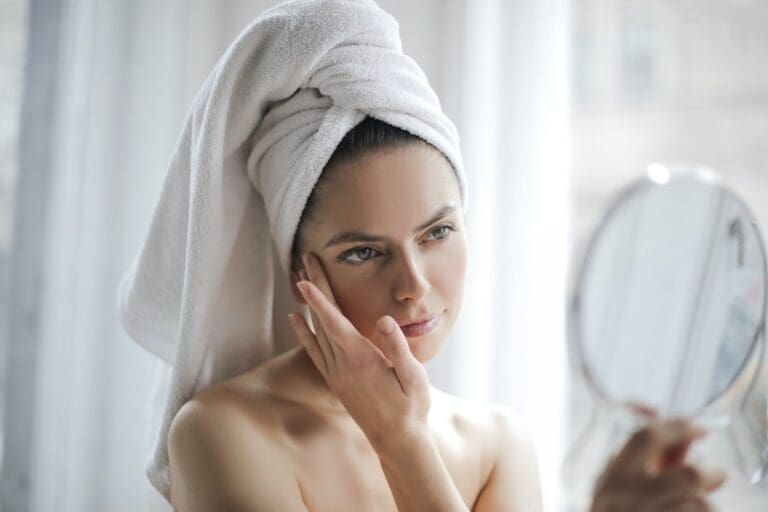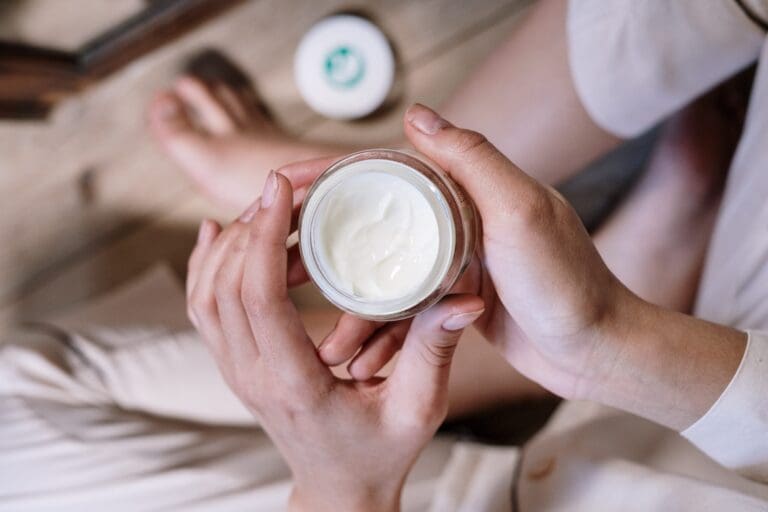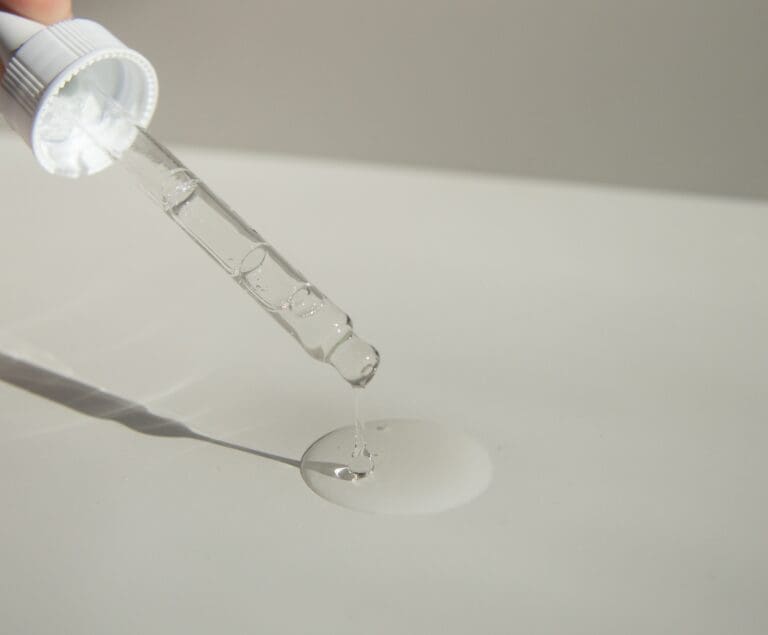Origins and History of Cosmetic Fillers
Cosmetic fillers have become increasingly popular in recent years, with more and more people turning to them as a way to enhance their appearance. But while it may seem like fillers are a relatively new development in the world of beauty, the truth is that they have been around for much longer than you might think.
In fact, the use of fillers for cosmetic purposes can be traced back to ancient times. The ancient Egyptians, for example, used a variety of substances to enhance their appearance, including lead, copper, and even animal fat. Similarly, the ancient Greeks and Romans used a range of natural materials to fill in wrinkles and other imperfections, including honey, olive oil, and even blood. While these early fillers were far from perfect, they laid the foundation for the development of the fillers we know today.
Ancient Roots of Cosmetic Fillers
Egyptian Era
The ancient Egyptians were known for their beauty rituals and the use of cosmetics. They used a variety of natural substances to enhance their appearance, including honey, milk, and oils. They also used a mixture of beeswax and resin to fill in wrinkles and plump up their skin.
Chinese Dynasties
During the Tang Dynasty in China, women used a mixture of egg whites and powdered cinnabar to fill in wrinkles and create a more youthful appearance. They also used a mixture of pearl powder and ground mica to give their skin a luminous glow.
Greco-Roman Period
In ancient Greece and Rome, people used a variety of natural substances to enhance their appearance. They used honey and olive oil to moisturize their skin, and they used crushed berries and red wine to add color to their lips and cheeks. They also used a mixture of lead and vinegar to whiten their skin and create a more youthful appearance.
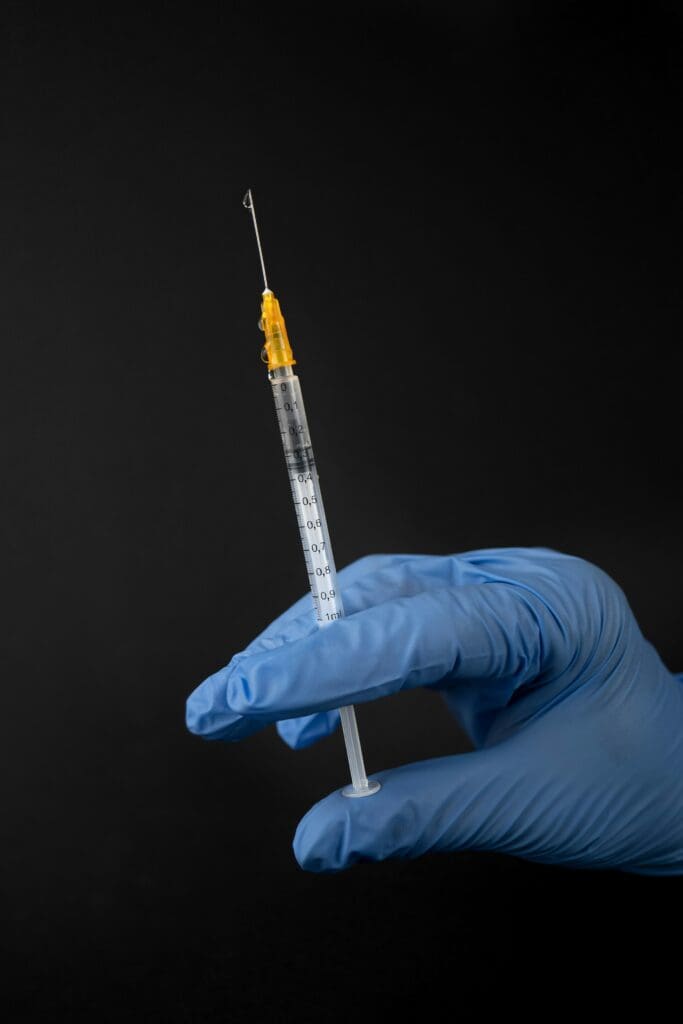
Transition into Modern Times
Renaissance Influence
During the Renaissance, people began to use cosmetics to enhance their appearance. They used various substances such as lead, mercury, and arsenic to whiten their skin and create a more youthful appearance. However, these substances were toxic and could cause serious health problems.
Victorian Era
In the Victorian era, the use of cosmetics was frowned upon. Women were expected to have a natural appearance and the use of makeup was seen as immoral. However, some women still used cosmetics, such as lead-based face powder, to achieve a pale complexion.
20th Century Advancements
In the 20th century, cosmetic fillers began to be developed. The first injectable filler was made from silicone and was used to fill in wrinkles and scars. However, silicone was found to be unsafe and was eventually replaced by other materials.
In the 1980s, collagen fillers became popular. Collagen is a protein that is naturally found in the skin, making it a safe and effective filler material. However, collagen fillers are temporary and need to be repeated every few months.
Today, there are many different types of fillers available, including hyaluronic acid fillers, which are longer-lasting and more natural-looking than previous fillers. These advancements have made cosmetic fillers a popular and safe option for those looking to enhance their appearance.

Modern Cosmetic Fillers
First Generation Fillers
First generation fillers were made from animal collagen, which is a protein that is found in cows. They were first used in the 1970s and were a revolutionary development in the field of cosmetic surgery. However, there were a few problems with these fillers. They were expensive and had to be tested for allergies before they could be used. They also had a short lifespan, which meant that they needed to be injected every few months.
Second Generation Fillers
Second generation fillers were made from synthetic materials, such as hyaluronic acid. These fillers were first used in the 1990s and were a significant improvement over first generation fillers. They were less expensive, longer-lasting, and did not require allergy testing. They also had a more natural look and feel.
Third Generation Fillers
Third generation fillers are the latest development in the field of cosmetic fillers. These fillers are made from advanced materials, such as calcium hydroxylapatite and poly-L-lactic acid. They are longer-lasting than second generation fillers and can last for up to two years. They also stimulate collagen production in the skin, which helps to improve the overall appearance of the face.
Modern cosmetic fillers have come a long way since the first generation fillers were developed in the 1970s. Second and third generation fillers are more effective, longer-lasting, and have a more natural look and feel. If you are considering cosmetic fillers, it is essential to consult with a qualified and experienced cosmetic surgeon to determine which type of filler is right for you.
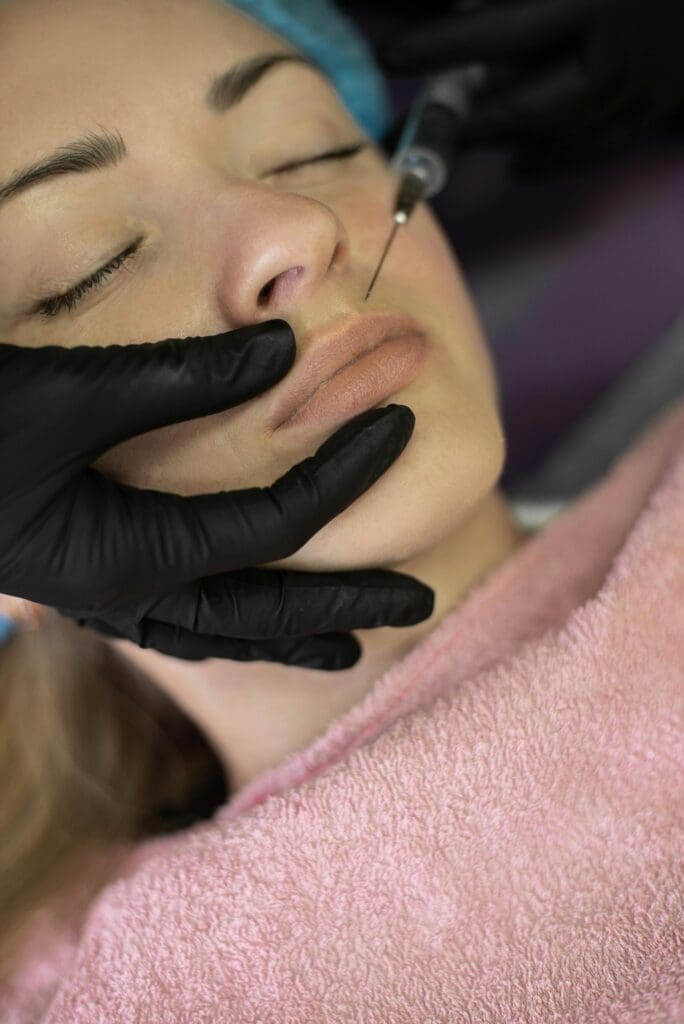
Future of Cosmetic Fillers
Technological Advancements
As technology continues to advance, cosmetic fillers are also evolving. Newer fillers are being developed that are more effective and last longer than the ones currently available. These new fillers are also safer and have fewer side effects. They are made from more natural materials and are biodegradable, making them more environmentally friendly.
One of the latest technological advancements in cosmetic fillers is the use of stem cells. Stem cell therapy is a promising new treatment that uses stem cells to regenerate damaged tissues. This technology is being applied to cosmetic fillers, with the aim of creating fillers that can stimulate the body’s natural collagen production and provide longer-lasting results.
Trends and Predictions
The future of cosmetic fillers is bright, with many new trends and predictions emerging. One of the biggest trends is the use of combination therapies. This involves using different types of fillers in different areas of the face to achieve a more natural and youthful appearance.
Another trend is the use of micro-dosing. This involves using smaller amounts of filler to achieve a more subtle and natural look. Micro-dosing is becoming increasingly popular as people seek more natural-looking results.
In the future, it is predicted that cosmetic fillers will become even more personalized. With the use of advanced imaging technology, doctors will be able to create fillers that are tailored to each individual’s unique facial structure and needs.
Overall, the future of cosmetic fillers looks promising. With new technological advancements and emerging trends, cosmetic fillers will continue to evolve, providing safer, more effective, and more personalized treatments for those seeking to enhance their appearance.

